Fertilizing tomato plants utilizes a little more than nutrient mixing with the soil. It is all about giving enough nutrients at the right time and in the proper amounts. In this article, we will talk about tomato plant vitamins, soil growth, choosing the correct fertilizer, when and how to fertilize and solving common issues.
In this article will provide you with all of the information you need to produce fit, active tomato vegetation and an important crop.
Proper Method of Soil Preparation
Let’s understand soil preparation before we get into the details of feeding tomato plants. A rich and healthy soil is to help your tomato plants to grow. There are different steps for the preparation of salt, which are given below:
Make Sure Soil Testing
The first step in preparing your soil for a tomato plant is a soil test. Testing on soil can help to providing the essential nitrogen levels, pH, and other essential benefits to your soil. A soil testing kit is usually available at the nearby agricultural research office or garden center.
Adjusting the pH Levels
Tomatoes prefer slightly acidic soil with a pH level between 6.0 and 6.8. If your soil pH falls outside this range, it can affect nutrient uptake by the plants. To adjust the pH, you can use lime to raise it or sulfur to lower it, depending on your soil’s current pH. Follow the recommendations from your soil test to make the necessary adjustments.
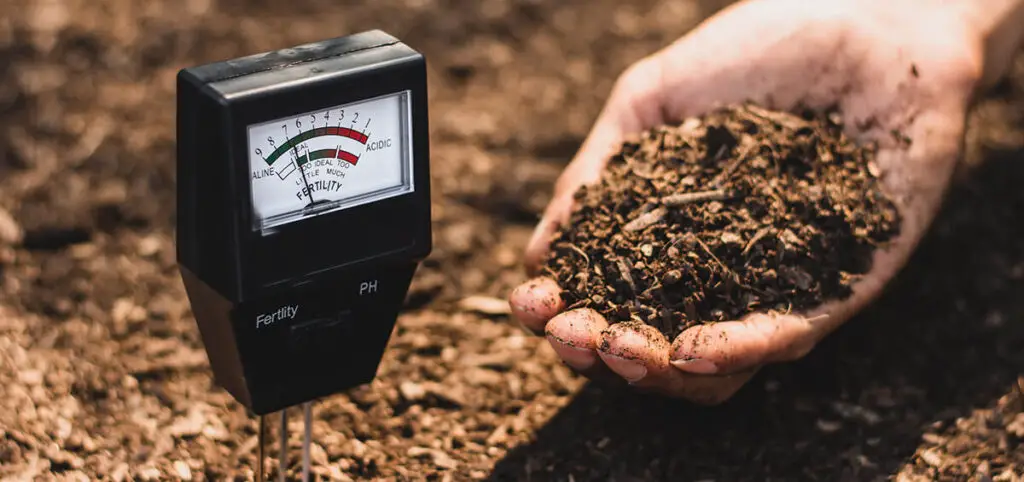
The Organic Matter
Organic matter is the basic need for soil fertility. Compost, well-rotted manure, and natural mulches are good sources of organic matter. Including these components increases soil water retention, air circulation, and nutrient availability. Before planting your tomato seedlings, include organic materials in the top 6–8 inches of your garden soil.
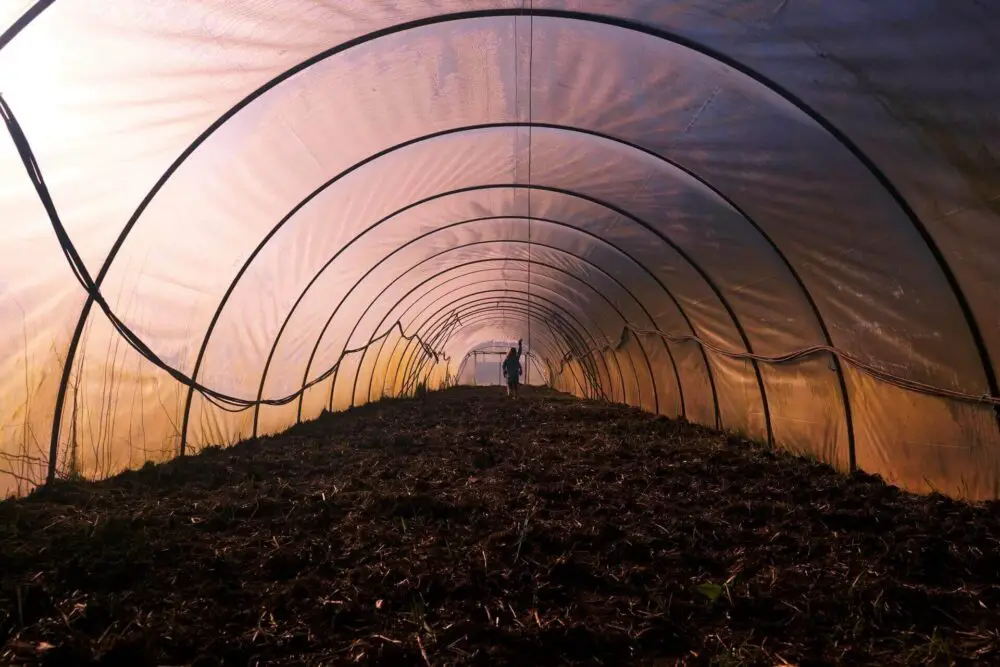
Understanding need of basic Nutrients
Tomato plants have different requirements for nutrition, with nitrogen (N), phosphorous (P), and potassium (K) being the three major nutrients commonly referred to as NPK. Calcium and sulfur are also important nutrients. The explanation of nutrients is given below:
Nitrogen (N)
Nitrogen is required for vegetative development. However, too much nitrogen might cause excess growth at the cost of fruit production. Tomato plants benefit from increased nitrogen levels in the early stages of growth, but as they grow, a balanced approach is needed.
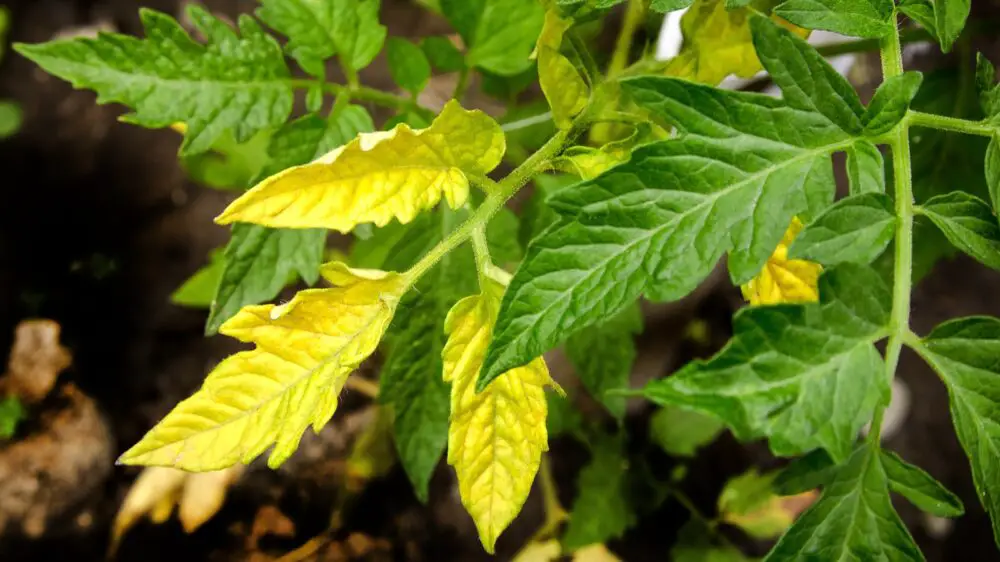
Phosphorus (P)
Phosphorus is particularly important during the flowering and fruiting periods. A lack of phosphorus can cause poor fruit set and reduced development.
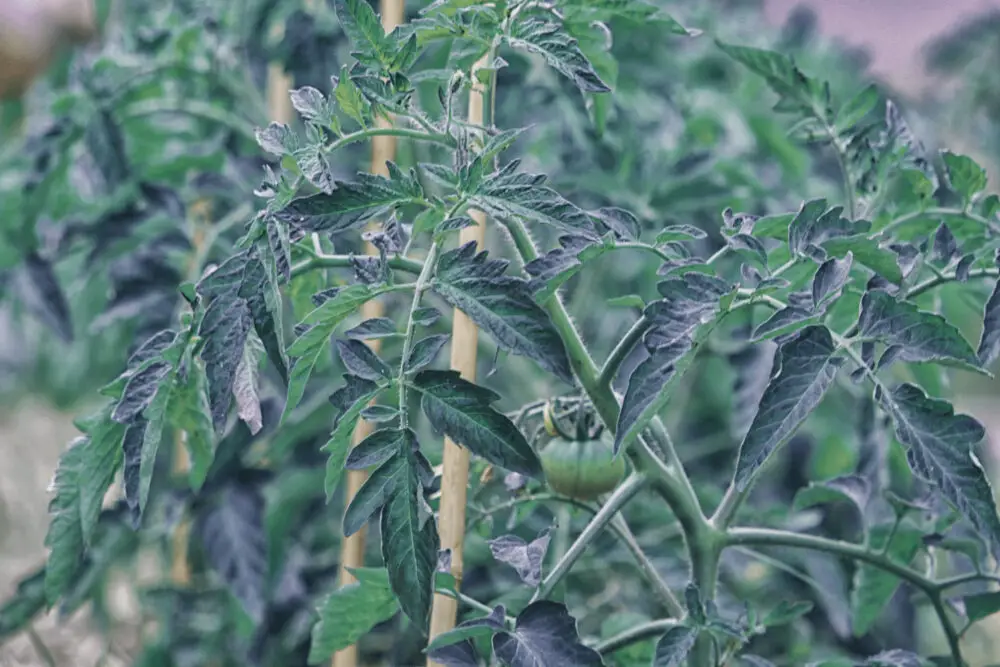
Potassium(k)
Potassium is good for plant overall health. It helps in the prevention of diseases. Potassium levels must be maintained to prevent problems like blossom end rot.
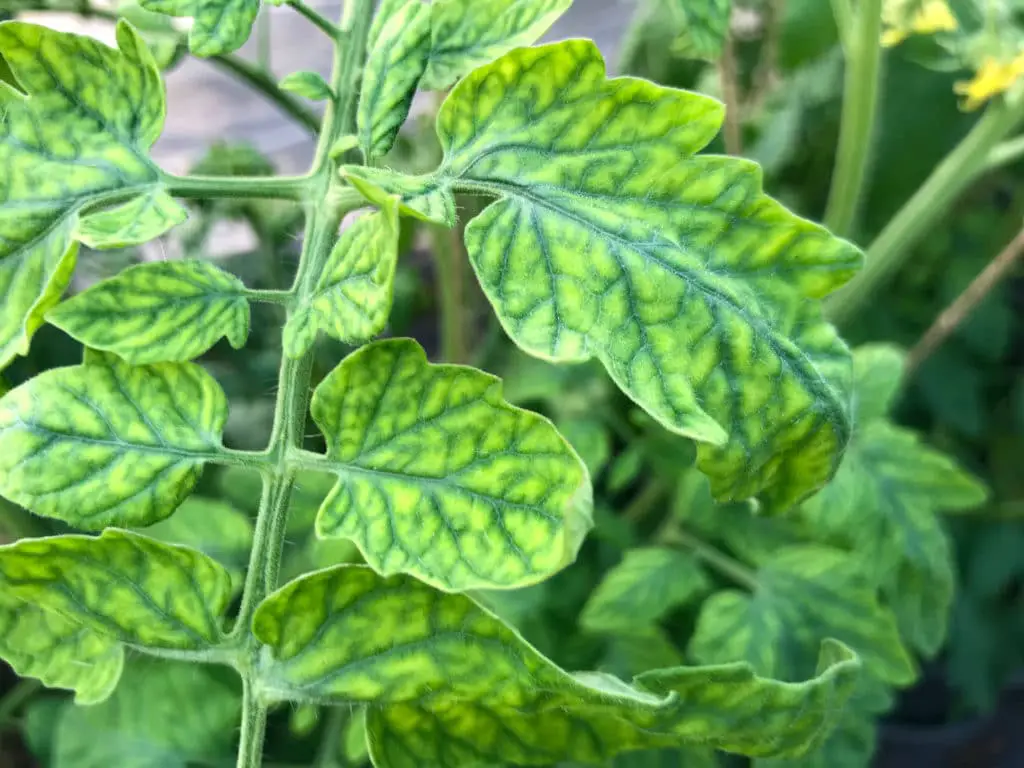
What is the purpose of fertilizing Tomato Plants?
When we go into the structure of tomato plant fertilizer, we need to know why it is essential. Fertilizing your tomato plants serves many essential functions.
Nutrient Supply
Tomatoes require particular vitamins and minerals for growth. The fertilizer provide essential nutrients, making sure your plants receive everything they require to develop.
Increased Development
Proper fertilization supports healthy vegetative growth, which results in increased fruit output. Rich leaves offer the nutrients and support required for tomato development.
Increased Production
Correct fertilization can increase your crop of tomatoes significantly. It increases the growth of flowers and fruits, resulting in a more full harvest.
Resistance to Stress and Disease
Well-fertilized tomato plants are better equipped to withstand environmental stressors and diseases. Nutrient-rich plants are more resilient and less susceptible to common tomato problems.
When to start Fertilizing Tomatoes
Timing is very important when fertilizing a tomato plant. Here’s when to start fertilizing:
Transplanting
If you’re transplanting tomato seedlings into your garden, it’s a good practice to mix some balanced granular fertilizer into the planting hole. This provides the young plants with essential nutrients from the beginning.
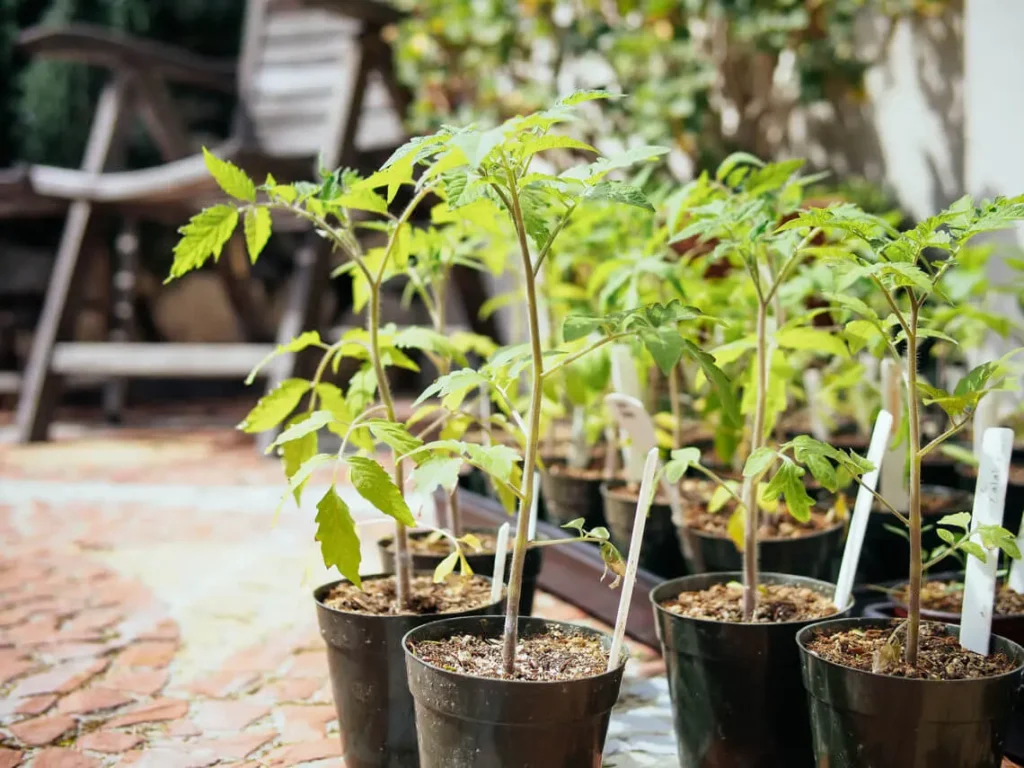
Established Seedlings
If you started your tomatoes from seeds and they are now a few inches tall with true leaves, it’s time to begin regular fertilization. This typically occurs around 2-4 weeks after transplanting.
Throughout the Growing Season
Fertilizing tomato plants is an ongoing process. You should continue to fertilize them throughout the growing season, usually every 2–3 weeks. Regular feeding makes sure your plants get an equal amount of nutrients.
How do we fertilize Tomato Plants?
Now that you’ve selected the right fertilizer and determined the timing for application, let’s explore how to fertilize your tomato plants properly.
Granular Fertilizer Application
Dosage: Refer to the fertilizer label for specific instructions on the recommended dosage. The amount may vary depending on the brand and formulation.
- Spacing: Sprinkle the granular fertilizer evenly around the base of the tomato plant. Ensure that you keep the fertilizer a few inches away from the stem to prevent root and stem burn.
- Incorporation: You can gently scratch the granules into the top inch or two of soil to help them dissolve and release nutrients more effectively.
- Watering: After applying granular fertilizer, water the area thoroughly.
Organic Fertilizer Application
Organic fertilizers like compost and well-rotted manure can be mixed into the soil when preparing the planting hole or spread around the base of the tomato plants. These materials release nutrients gradually as they break down, so they can be applied less frequently than synthetic fertilizers.
Slow-Release Fertilizer Application
Follow the package instructions for applying slow-release granular fertilizers. Typically, you’ll scatter them around the base of the plant and water them in. These fertilizers release nutrients slowly over several weeks or months, reducing the need for frequent reapplication.
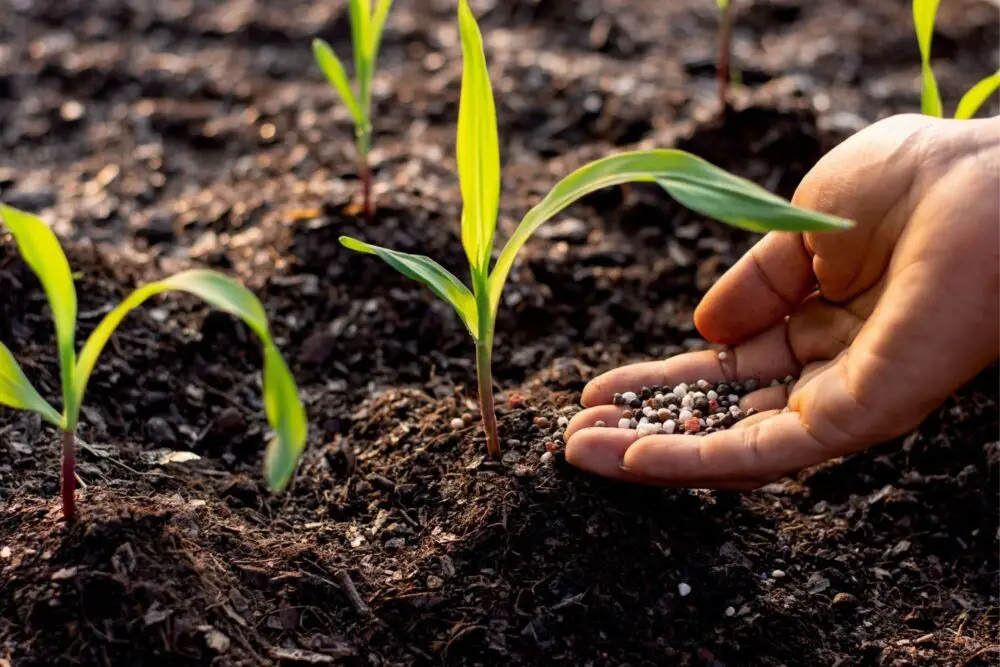
Troubleshooting Common Tomato Nutrient Related Issues
Tomato plants can develop nutrient-related issues even with the right fertilization. Here are some examples of common issues and their solutions:
- Yellowing Leaves:
Cause: Yellowing leaves, especially on the lower part of the plant, can indicate a nitrogen deficiency.
Solution: Apply a balanced fertilizer with adequate nitrogen and ensure proper watering and soil pH. You can read more details here about yellowing tomato leaves and their complete solutions.
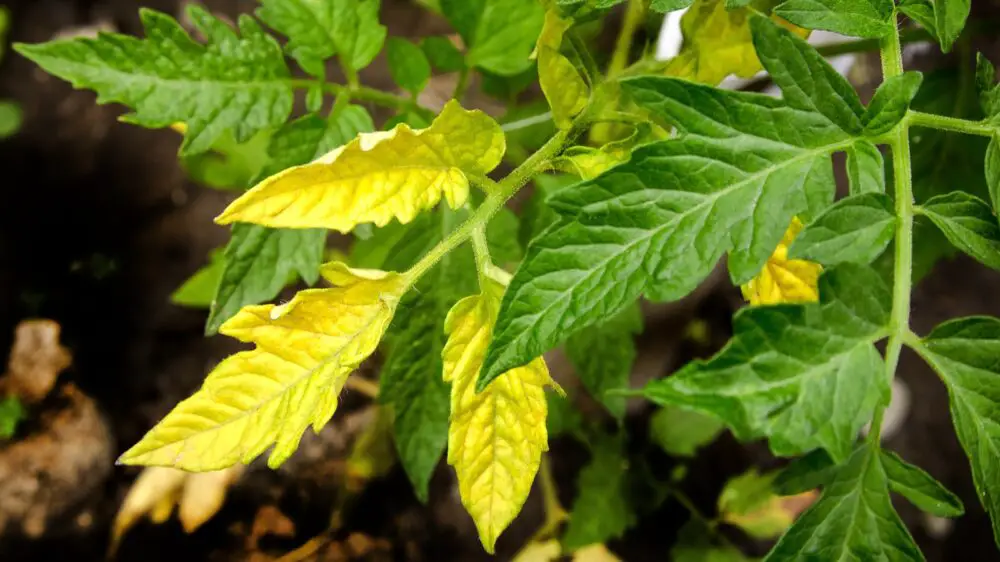
- Poor Fruit Set:
Cause: Inadequate phosphorus or potassium levels can result in poor flower development and fruit set.
Solution: Use a fertilizer that has higher potassium and phosphate levels, and make sure the soil pH remains in the proper range.
- Blossom End Rot:
Cause: Blossom end rot is often caused by calcium deficiency or inconsistent moisture levels.
Solution: Ensure consistent watering to prevent drought stress and consider adding calcium-containing amendments like gypsum to the soil.
- Leaf Curling:
Cause: Excessive nitrogen or high temperatures can cause leaf curling.
Solution: Adjust the nitrogen level in your fertilizer and provide shade during extreme heat.
- Stunted Growth:
Cause: Poor nutrient availability due to soil pH issues or inadequate fertilization.
Solution: Test and adjust the soil pH as needed, and ensure proper and consistent fertilization.
- Nutrient Burn:
Cause: Over-fertilization can lead to nutrient burn, characterized by brown or scorched leaf edges.
Solution: Flush the soil with water to dilute excess nutrients and reduce further fertilizer application.
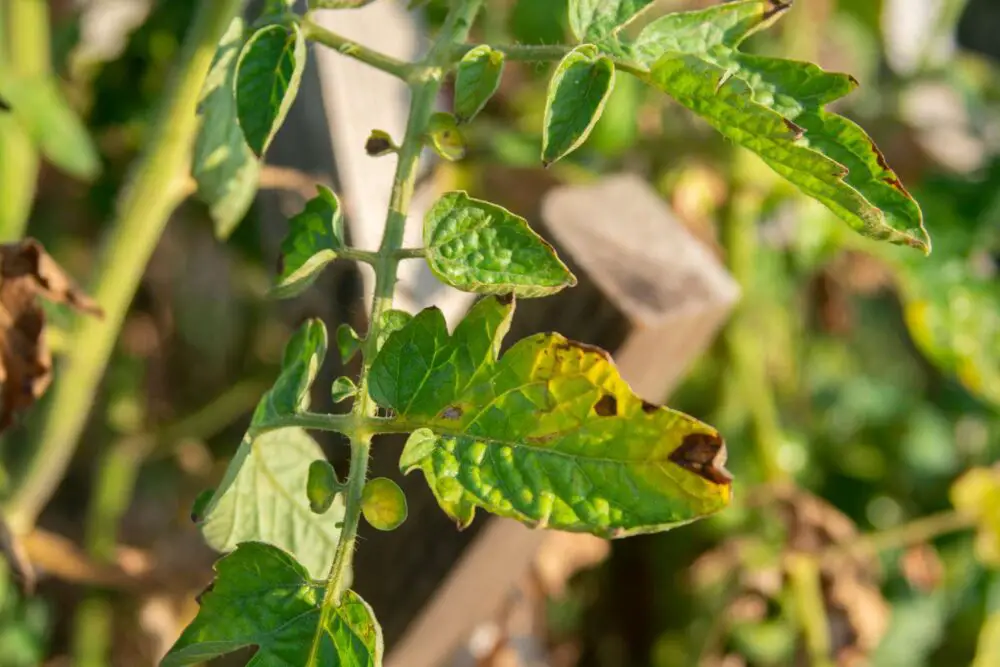
Conclusion
At the end, fertilizer is essential for optimal tomato growth and good for production healthy fruits.By supplying nitrogen, phosphate, and potassium to our tomato plants, we sure that they develop proper.It is vital to pay attention to fertilization guidelines to avoid overdosing which can harm plants.
Remember to select the appropriate fertilizer for your gardening needs, whether organic or synthetic. Overall, effective tomato fertilization is a simple currently necessary activity for a productive and abundant tomato crop.
FAQs About Fertilizing Tomato Plants
What should I need to fertilize my tomato plants?
To Fertilizing tomato plants is important because it provides them basic nutrients which they need to grow vigorously and produce amazing tomatoes.
Which nutrients are necessary for tomato plants?
Tomato plants basic need is nutrients like nitrogen, phosphorus, and potassium (N-P-K) that help in growing. These nutrients also help in the development of leaves, flowers, and fruits.
When should I begin fertilizing my tomato plants?
You should start fertilizing tomato plants when they have a few true leaves, usually about 2-4 weeks after planting them in the garden or when they’re in larger pots.
How often should I fertilize my tomato plants?
During the growing season, tomato plants should be fertilized every 2-4 weeks. For specific instructions, refer to the fertilizer packet.
Can I use any type of fertilizer for tomatoes?
Yes, you can use either organic or synthetic fertilizers for tomatoes. Choose the one that fits your gardening preferences and follow the recommended application rates.
Is it possible to fertilize tomato plants for long time?
Yes but over-fertilizing can harm tomato plants. To avoid hurting your plants, pay close attention to the fertilizer package’s recommended dosage.
Can I make my own tomato fertilizer at home?
Yes, you can make your own tomato fertilizer from natural substances such as compost, coffee grinds, or shells of eggs.
Is there a specific time of day to fertilize tomato plants?
Morning fertilization is usually recommended because it allows plants to receive nutrients during the day when they are actively growing.
What i can do if my tomato plants require extra fertilizer?
Look for faded leaves or slow growth. If you notice a few of these signs, it may be time to fertilize your tomato plants.

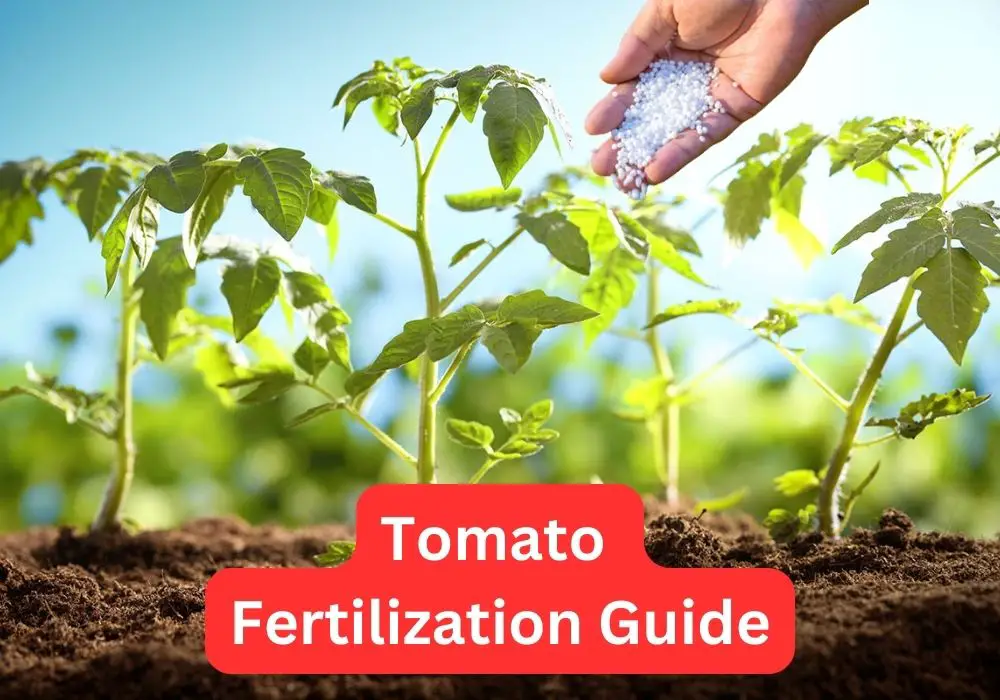
6 thoughts on “The Comprehensive Guide to Fertilizing Tomato Plants for Maximum Yield”